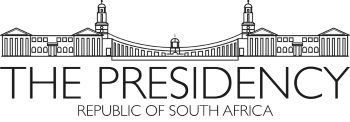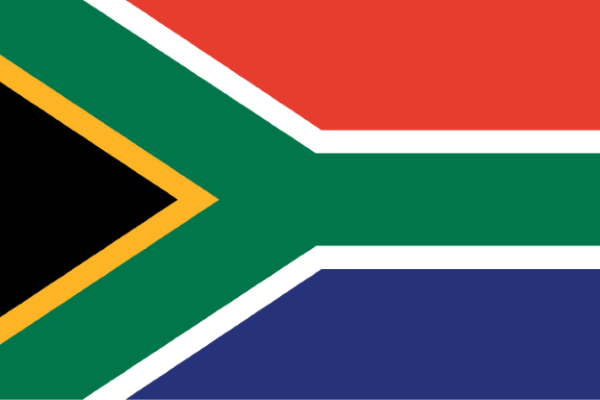The Order of the Baobab in Gold

University of Fort Hare (1916 - ) Awarded for:
Exceptional contribution to Black academic training and leadership development on the African continent.
Profile of University of Fort Hare
Originally called the South African Native College (SANC), the University of Fort Hare in Alice, in the Eastern Cape, was established in 1916. The religious tradition at the heart of Fort Hare's origin, shared by black and white students alike, symbolized 'plain living and high thinking', and an education that was undeniably Eurocentric. But it did not make the assumption, central to the Bantu education implemented in South African from the 1950s, that black Africans required and deserved a different, inferior education.
The University of Fort hare is an institution with a distinctive and illustrious past, producing graudates from South African and from as far afield as Kenya and Uganda. Some of the institution's well-known and politically active alumni include Oliver Tambo, Nelson Mandela, Govan Mbeki, Robert Sobukwe and Mangosuthu Buthelezi in South Africa; Robert Mugabe and Herbert Chitepo in Zimbabwe; and Eliud Mathu and Charles Njonjo in Kenya. Among the many non-South Africans who spent formative years at Fort Hare were Zimbabwe's first black medical practitioner, Dr Ticofa Samuel Parirenyatwa, and the historial, novelist and politician Stanlake Samkange.
Although it operated in an environment of racial segregation, even long before apartheid was formally introduced, the SANC epitomized a more racially tolerant and inclusive South Africa by admitting African, coloured and Indian students. The SANC's mainly white staff was complemented by black academics such as legendary figures Z K Matthews and D D T Jabavu. The students' indigenous home languages included, among many others, IsiXhosa, Sesotho, IsiZulu, and Afrikaans.
In 1959, the National Party Government forced Fort Hare into an ethnic college for Xhosa-speakers. Outspoken staff members were expelled and a new administration, conspicuously loyal to the apartheid government, was installed. In a parody of true academic maturiry, Fort Hare became self-governing and 'independent' in 1970. Following the creation of Ciskei in 1980, Fort Hare became the university of a micro-state recognized only by fellow Bantustans and by apartheid South Africa, in stark contrast to its previous status as the greatest center of black higher education in southern and eastern Africa.
Many students from various political, religious and cultural backgrounds rejected numerous attempts to turn Fort Hare into a tribal college. Although the culture of non-racism, critical debate and of aspiration towards educational excellence faltered in the years of apartheid, it was never completely eliminated. The archives of the University of Fort Hare house the records of the University's extraordinary and sustained educational achievements, which form a corporate memory only now being made accessible to scholars.




